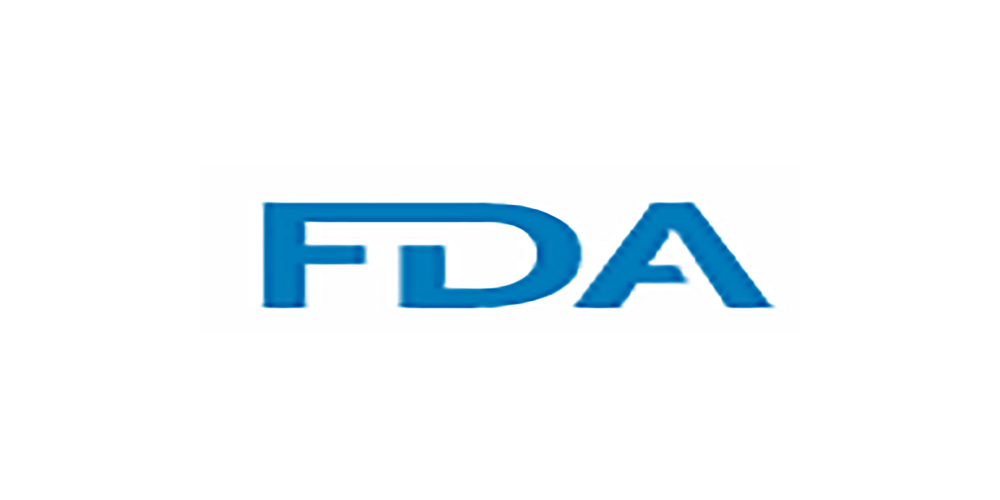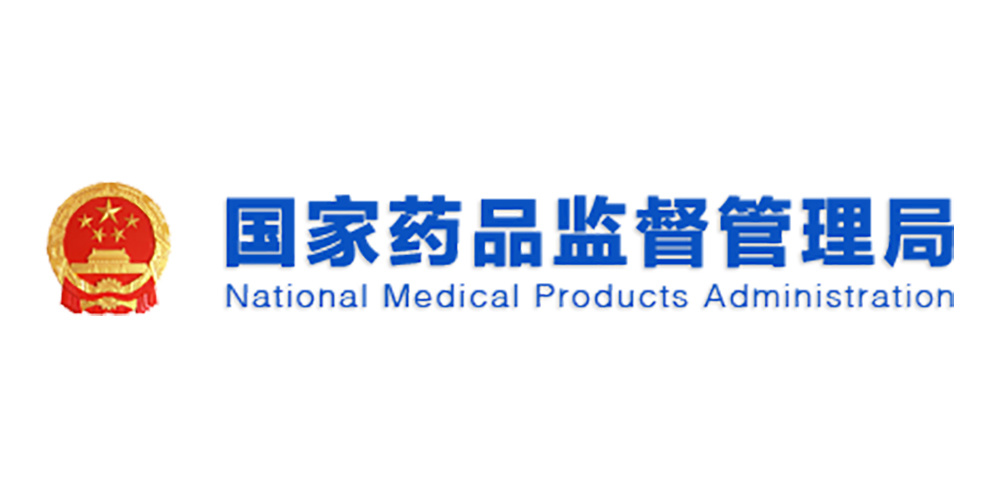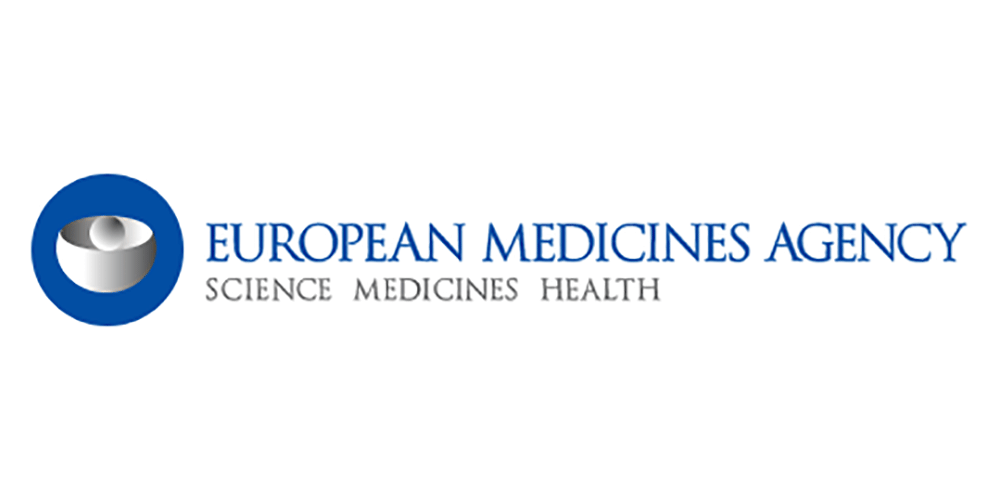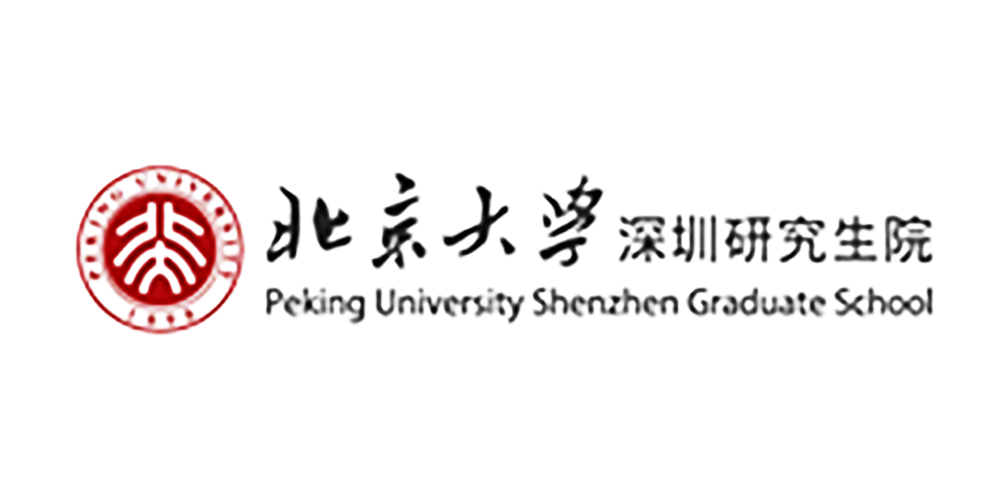News attention
03
2020
-
03
Scientific Research News | Research Progress of novel coronavirus Pneumonia (COVID-19) (XXXII)
1. COVID-19 Alert
On March 3, at a press conference held by the joint prevention and control mechanism of the State Council, Mi Feng, spokesperson of the National Health Commission and deputy director of the Department of Publicity, introduced the epidemic situation: "In addition to Hubei, there were 1 new confirmed cases in other provinces, maintaining single digits for three consecutive days, with 3 new suspected cases, 3 new death, and 68 fewer severe cases. In the past week, the cure rate of confirmed cases in Wuhan, Hubei and the whole country has continued to rise, and the national cure and discharge rate has reached 1.36%, indicating that the overall situation of national epidemic prevention and control continues to improve, the medical treatment effect is obvious, and the pressure of treatment is decreasing. In the next step, we must comprehensively deal with the risks caused by the resumption of work and production and the increasing number of cases abroad, continue to focus on Hubei Province and Wuhan City, and adhere to regional grading and scientific response based on risk orientation. ”
Regarding the question of what measures the General Administration of Customs has taken to ensure the safety of inbound and outbound passengers and maximize the prevention and control of the epidemic, Lin Wei, director of the Department of Health and Quarantine of the General Administration of Customs, replied: Since the outbreak of the new crown pneumonia epidemic, the General Administration of Customs, under the unified leadership of the Party Central Committee and the State Council, has scientifically adopted strict port prevention and control measures in accordance with the requirements of a series of laws and regulations such as the Border Health Quarantine Law, the Law on the Prevention and Control of Infectious Diseases and the International Health Regulations formulated by the World Health Organization. Resolutely curb the spread of the epidemic through ports. Four main measures have been taken: 1. close monitoring of outbreaks; 2. The health declaration system has been fully launched; 3. Strictly carry out entry-exit quarantine; 4. Strengthen joint prevention and control mechanisms.
In addition, in response to rumors on the Internet that some South Koreans came to China to avoid the epidemic, Liu Haitao, director of the Border Inspection and Administration Department of the National Immigration Administration, replied: "The National Immigration Administration has made statistics and analysis on the personnel exchanges between Chinese and Korean personnel in the recent period, and on February 2, the South Korean government announced that the prevention and control level of the new crown pneumonia epidemic has been upgraded to the highest level." From the 23rd to the present, we have counted the number of Korean citizens entering China, and the average daily number is 23,1300. From the results of data analysis, the situation of full flights is related to the fact that airlines have compressed the number of flights after the outbreak of the epidemic, and the shortage of tickets due to the reduction in the number of flights has led to a shortage of tickets. Although the number of people coming to China from South Korea has increased slightly, there has not been much fluctuation, and we have been monitoring this trend. Judging from the composition of recent arrivals from South Korea, mainly mainland residents in China, accounting for about <>%, and the proportion of the increase in the number of people is mainly mainland residents. At present, no large influx of Koreans into our country has been observed. ”
2. Progress in COVID-19 biology research
■ On February 2, Qin Chuan of Peking Union Medical College and Wu Guizhen of the Institute of Virus Disease Prevention and Control of the Chinese Center for Disease Control and Prevention published a peer-reviewed research paper entitled "The Pathogenicity of SARS-CoV-28 in hACE2 Transgenic Mice" online on the preprint platform bioRxiv. The study used hACE2 transgenic mice infected with 2019-nCoV to study the pathogenicity of the virus. Weight loss and virus replication in the lungs were observed in hACE2 mice infected with 2019-nCoV. Typical histopathology is interstitial pneumonia, infiltration of a large number of lymphocytes and monocytes in the alveolar stroma, and macrophage aggregation in the alveolar cavity. Viral antigens are observed in bronchial epithelial cells, alveolar macrophages and alveolar epithelial cells. The phenomenon was not found in wild-type mice infected with 2-nCoV (without trans-hACE2019). The study elucidates the pathogenicity of 2-nCoV in hACE2019 mice and satisfies Koch's hypothesis that this mouse model facilitates the development of therapies and vaccines against 2-nCoV[2019].
3. Research progress on COVID-19 therapeutics
■ On February 2, researchers such as Yang Haitao of ShanghaiTech University, Jiang Hualiang of the Shanghai Institute of Materia Medica, Chinese Academy of Sciences, and Rao Zihe of Nankai University collaborated to develop a new drug screening technology. This technology combines protein structure, in silico simulations, and high-throughput screening for the rapid identification of compounds that target the major COVID-27 proteases (Mpro) and inhibit viral replication. Currently, the paper has been submitted to the preprint website bioRxiv. The team previously identified N19, a compound that inhibits the activity of Mpro proteins in multiple coronaviruses, including SARS-CoV and MERS-CoV, through computer model-assisted methods, as a viral drug target. In this study, researchers used similar computer model analysis to find that N3 is also an irreversible inhibitor of the COVID-3 virus, and its effect is very obvious. Subsequently, the researchers co-incubated N19 with the new coronavirus Mpro protein expressed in vitro and analyzed the crystal structure of the Mpro/N3 complex. The results showed that the novel coronavirus Mpro/N3 complex existed in symmetric homodimeric form, including two asymmetric monomers, each containing a complete Mpro protein polypeptide and N3 molecule. Mpro protein peptides have a total of 3 domains, and the N3 compound binding region is located in the "rift" between domains 3 and 1.
The researchers further screened with a computer model and found that the serotonin antagonist Cinanserin can bind tightly to the "fissure" site of the new coronavirus Mpro, indicating that it can inhibit the activity of the new coronavirus Mpro protein, and studies have proved that cinnamon thiamine can reduce the level of SARS-CoV replication by inhibiting Mpro. In this study, the researchers also established a high-throughput detection method to determine the inhibitory ability of drugs to protein activity by changes in fluorescence intensity. Using this method, the research group tested the ability of more than 10000,7 drugs to inhibit the new coronavirus Mpro, most of which have been marketed, entered clinical trials, or are natural medicines. Eventually, 2 drugs will be used for subsequent antiviral testing [<>].

How N3 compounds bind to COVID-19 Mpro protein interactions. The hydrogen bond is indicated by a black dashed line, and the covalent bond between N3 and protein residue C145-A is purple.
4. COVID-19 epidemiological studies
Eunha Shim et al. published an article titled "Transmission potential of COVID-2 in South Korea" in medRxiv on February 29. Using covid19 incidence data, the researchers estimated the number of 19-nCoV regeneration in South Korea to be 2019.1 (5% confidence interval, CI: 95.1–4.1), suggesting that the outbreak is continuing to spread and that social distancing measures should be implemented to quickly contain the outbreak. In addition, there has been a recent surge in the number of confirmed cases in South Korea, and the spread can be attributed to several sources, especially a church in Daegu. Church-related activities have exacerbated the spread of disease in South Korea [6].
■ On February 2, the team of Professor Zhao Chunhua of Shanghai University published important work on ChinaXiv, a pre-release platform for scientific and technological papers of the Chinese Academy of Sciences, and conducted clinical experiments in 28 new coronary pneumonia patients, including 7 critically ill patient, 1 critically ill patients and 4 mildly ill patients, and found that mesenchymal stem cell transplantation can rapidly and significantly improve the prognosis of severe and critically ill patients, effectively avoid cytokine storms, and have no obvious side effects. Therefore, for patients with COVID-2 pneumonia, especially critically ill patients, investigators believe that intravenous transplantation of MSCs is a safe and effective treatment, and this study proposes new ideas for the clinical treatment of patients with new coronary pneumonia [19].
■2月25日,《军队支援湖北医疗队新型冠状病毒感染疾病诊疗方案(试行第一版)》在中华结核和呼吸杂志发布。方案制定者都是正在湖北救治第一线工作,以呼吸、重症、感染专业为主的具有丰富实践经验的专家。在抗病毒治疗方面:(1)强调小心应用抗病毒药物,因为目前只有少数抗病毒药得到了初步的临床验证;(2)增加推荐了法匹拉韦,但没有推荐利巴韦林;(3)疗程不超过10 d;(4)口服抗病毒药原则上单独应用,或只可与α-干扰素雾化吸入联合应用;(5)不推荐使用奥司他韦等神经氨酸酶抑制剂。目前临床试用的药物都是抗其他病毒或抗疟疾药物,利巴韦林曾在SARS患者中广泛应用,但始终未能得到确切有效的结果;之所以推荐法匹拉韦(某些冠状病毒产血凝酶)、磷酸氯喹,是因为已有临床初步试验证据。而瑞德西韦,尚需等待临床试验揭盲。
■而关于糖皮质激素的使用,目前依然存在争议,但经过专家的认真讨论,并投票表决做出了指导意见:虽然至今没得到完整的循证医学证据,但多数方案制定者认为临床有效(11/13),明确指征为:不建议应用于轻型及普通型患者,当患者出现氧合指标进行性恶化,伴或不伴影像学迅速进展时,可以考虑应用。建议最高日剂量不超过相当于甲泼尼龙160 mg,疗程不超过7 d,注意个体化差异,反对大剂量激素冲击疗法[5,6]。
参考文献:
[1] Bao L, Deng W, Huang B, et al. The Pathogenicity of SARS-CoV-2 in hACE2 Transgenic Mice. bioRxiv 2020:2020.02.07.939389.
[2] Jin Z, Du X, Xu Y, et al. Structure-based drug design, virtual screening and high-throughput screening rapidly identify antiviral leads targeting COVID-19. bioRxiv 2020.
[3] Shim E, Tariq A, Choi W, Lee Y, Chowell G. Transmission potential of COVID-19 in South Korea. medRxiv 2020:2020.02.27.20028829.
[4] Zikuan Leng, et al. Transplantation of ACE2- mesenchymal stem cells improves the outcome of patients with COVID-19 pneumonia. ChinaXiv :202002.00080
[5] 军队前方专家组. 军队支援湖北医疗队新型冠状病毒感染疾病诊疗方案(试行第一版) [J/OL] . 中华结核和呼吸杂志,2020,43 (2020-02-25)
[6] 施毅. "军队支援湖北医疗队新型冠状病毒感染疾病诊疗方案(试行第一版)"的亮点在哪里 [J/OL] . 中华结核和呼吸杂志,2020,43 (2020-02-26).
供稿 | 坪山生物医药研发转化中心、科研部
编辑 | 鲍 啦
RELATED NEWS







